In the contemporary era, growing strategic competition among major powers and their power projection efforts in the Indo-Pacific region raise the importance of the Andaman & Nicobar Islands in the Indian Ocean. Along with the changing security landscape, Coco Islands, and Preparis Islands which stand at critical geographic locations have now become a vital component in the maritime security sector of Myanmar seas and the region. In the last decade, many important steps have been obviously taken by Myanmar military, particularly in the tenure of the current Myanmar Military Chief, to speed up the developments of the Island and maximize the potential of its geostrategic significance. Against the backdrop of such developments, an interesting question arises why the Myanmar Military Chief has highly emphasized on the Coco Island and what his strategic vision for itsfuture would be.
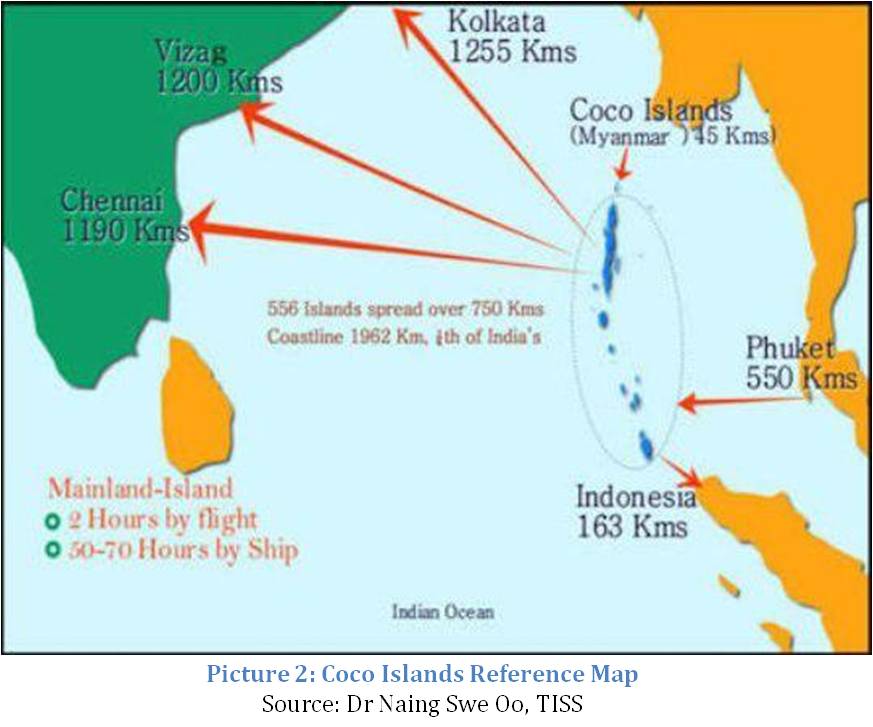
Geographically, Coco Island stands 270 miles south of the city of Yangon dividing the Bay of Bengal and the Andaman Sea as a Command Post that pivotally dominates Myanmar territorial waters. It is just 30 miles away from the Andaman &Nicobar Islands of India and lies at the geographically strategic location that can take control of the important Sea Lines of Communication – SLOCs as well as the northeastern part of the Indian Ocean and the Malacca Strait.
The Andaman & Nicobar Islands of India todayis no longer an ordinary naval base as it stood in the past centuries, but has evolved into atri-service territorial command of the Indian Armed Forces with anti-access capabilities. India has been upgrading the Andaman & Nicobar Islands as a strategic forward outpost armed with sea-denial assets to deter rival powers. Additionally, under the military logistics support agreements of India with all Quad countries and other certain states, the Andaman & Nicobar Islands will be a strategic springboard for the Indian Navy and its alliances toproject power deep inside the Indian Ocean. Accordingly, Coco Islands, which is just 30 miles away from the India’s strategic archipelago, will undoubtedly become crucial in terms of geography and military strategies.
In view of maritime interests, Coco Island is ata crucial point for commercial shipping lanes.It stands on the straight line starting from Hainggyi Island on the Mawtin point (Cape Negrais) to the Andaman Islands of India forming three channels between them.The three Channels also act as a critical international maritime trade route because most of the commercial ships coming from Malacca strait pass through the channels to reach Chittagong port of Bangladesh as well as major ports on the east coast of India, especially, Vizag port, Kolkata port, and Chennai port. Moreover, it is also observed that over 80% of import and export shipping of Bangladesh regularly passes through the three significant channels.
Tracing back the history of Coco Island, it fell under the control of the British in the 18th Century and became a source of food and coconuts for the British-controlled prisons on the Andaman Islands. It was also deployed as a naval base to defend the western flank of Japanese forces in World War II. Following the Independence of Myanmar, Coco Island had been used as a penal colony in the time of Caretaker government, and a naval radar station was set up on the island only in the late 20th century. However, it can be noted that the developments of Coco Islands had remained unchanged since then because the successive administrations in Myanmar have emphasized the handling of the civil unrest and domestic affairs.
However, at present, in light of the historical background and the geostrategic significance of today Coco Islands, the insightful long-term preparations of Myanmar Military Chief for the island have become obvious. Soon after he assumed office, he visited Coco Island. The number of visits to the Island is likely to be around at least 20 times according to media reports, both by air and the Navy’s own locally-built frigates. As per the media reports he met not only with the personnel of the naval base, but also with the residents. Against the backdrop of his moves, it can be clearly seen that he has taken steps to bring prosperity to the livelihoods of locals along with the military buildups to turn the Island into a forward defence outpost for an advantage of early warning.
On review of the recent developments of the Coco Island, monthly trips of Myanmar Naval vessels and weekly flights of Myanmar Air Force’s transport aircraft are seen running to and fro on the route of Yangon-Coco Island-Yangon since the end of 2014. As a notable development, a big jetty was built and opened in 2017 and Myanmar Navy’s frigates were also seen docking there. It can be assumed that building of a sizable jetty could be the Myanmar military chief’s initial step in making it suitable for docking of civilian ships besides naval vessels in the future. According to certain confirmed reports, the upgraded airfield in the Coco island township is now being operated by the fighter aircraft besides civilian planes.

It can also be asserted that critical weapon systems might have been installed on the island to reflect its geographical feature and also to meet the requirements of maritime security driven by the current geopolitical environment. From having only a naval base for security reason, Coco Island is expected to evolve as a strategic tri-command comprising army, navy, air force and air defence force in balanced formation which can strategically dominate Myanmar waters. Moreover, it can also be assessed that conducting annual Combined Fleet Exercise - Sea Shield around the waters of Coco Island, otherwise, a meeting point of the Bay of Bengal and the Andaman Sea prompts a speculation that the Myanmar military chief has certain plans to make the effective use of the strategic position of Coco Islands.
There are also reports that the Myanmar military chief himself supervised the live-fire drills of missiles and other drills of naval combined arms exercises and It reflects his strong aspiration for Myanmar Navy to achieve the higher level of a strong regional navy in the future. The moves of Myanmar military chief are surely aiming towards the strengthening of its Active Defence strategy in Myanmar seas. It certainly implies that the Myanmar military chief is anticipating and taking practical steps to turn the Coco Island into a forward strategic sea-fortress or unsinkable aircraft carrier for the country.
To sum up, Myanmar military chief is materializing his envision of Coco Island as a sea-based developing standard island town and concurrently, focussing on his broad efforts to magnify its geostrategic advantages with a security perspective. His strategic anticipations and future plans for its geostrategic advantages might cover the fact that the dominance over the waters around Coco Island will act as a Choke Point which can provide security to the international maritime trade and energy routes and also, from a security perspective, as a 120 nautical-miles-long Metal Chain that connects Hainggyi Island, Preparis Islands and Coco Islands in a form of a straight line which can conduct a sea-denial complex by having intersecting control of the Bay of Bengal and the Andaman Sea, particularly in the emergency times. Moreover, he might have a long-term anticipation that building a Tri-Service Command in the Coco Island will be able to provide effective security to the vital sea lines of communications and maritime assets along the Myanmar coastal areas since the island is significant in terms of geopolitics and geostrategy and also at a critical point for the sea control and sea denial operations. Accordingly, Myanmar military will be able to maintain the good order at sea and better tackle the traditional and non-traditional maritime threats. In any respect, significant changes have occurred following every single trip of the Myanmar military chief to the Coco Island and his strategic insight for the future of the island might be no doubt deeper and greater than what we can foresee and speculate.
(The paper is the author’s individual scholastic articulation. The author certifies that the article/paper is original in content, unpublished and it has not been submitted for publication/web upload elsewhere, and that the facts and figures quoted are duly referenced, as needed, and are believed to be correct). (The paper does not necessarily represent the organisational stance... More >>

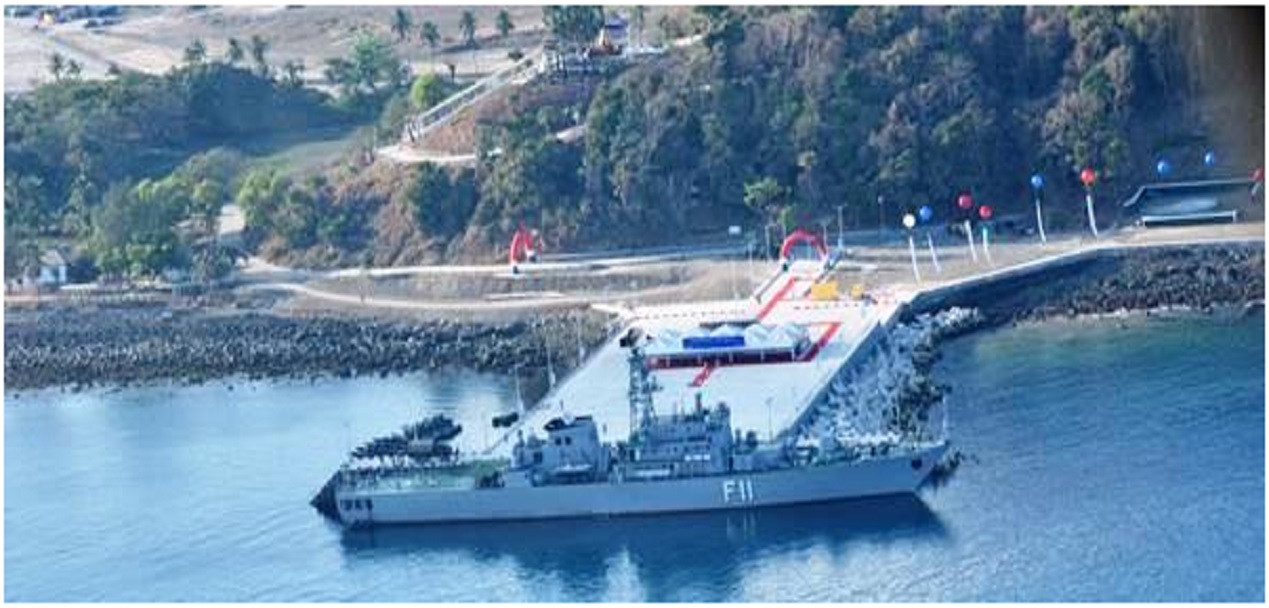
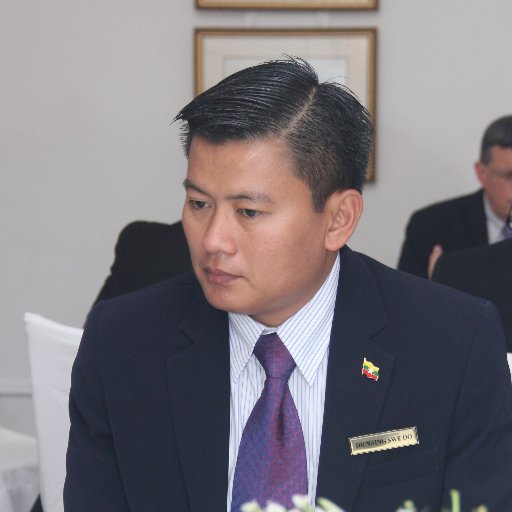
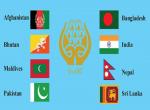



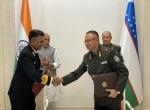
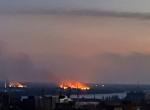

Post new comment